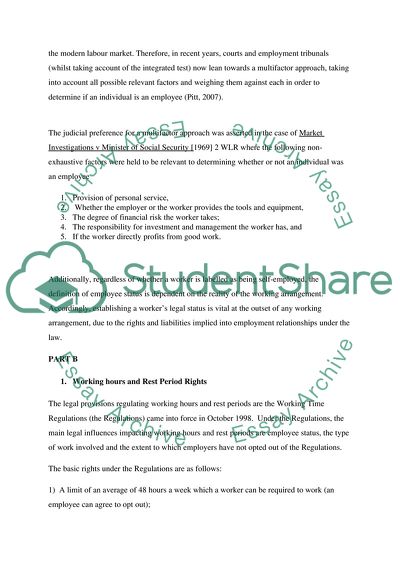Cite this document
(The Complex Area of Employment Law Coursework Example | Topics and Well Written Essays - 2000 words, n.d.)
The Complex Area of Employment Law Coursework Example | Topics and Well Written Essays - 2000 words. Retrieved from https://studentshare.org/law/1745942-3mer-part-ab-c
The Complex Area of Employment Law Coursework Example | Topics and Well Written Essays - 2000 words. Retrieved from https://studentshare.org/law/1745942-3mer-part-ab-c
(The Complex Area of Employment Law Coursework Example | Topics and Well Written Essays - 2000 Words)
The Complex Area of Employment Law Coursework Example | Topics and Well Written Essays - 2000 Words. https://studentshare.org/law/1745942-3mer-part-ab-c.
The Complex Area of Employment Law Coursework Example | Topics and Well Written Essays - 2000 Words. https://studentshare.org/law/1745942-3mer-part-ab-c.
“The Complex Area of Employment Law Coursework Example | Topics and Well Written Essays - 2000 Words”, n.d. https://studentshare.org/law/1745942-3mer-part-ab-c.


